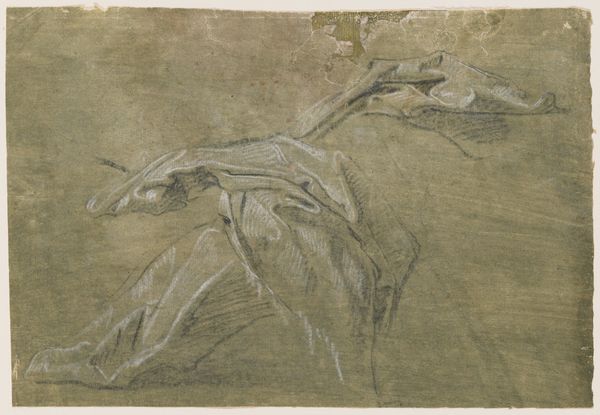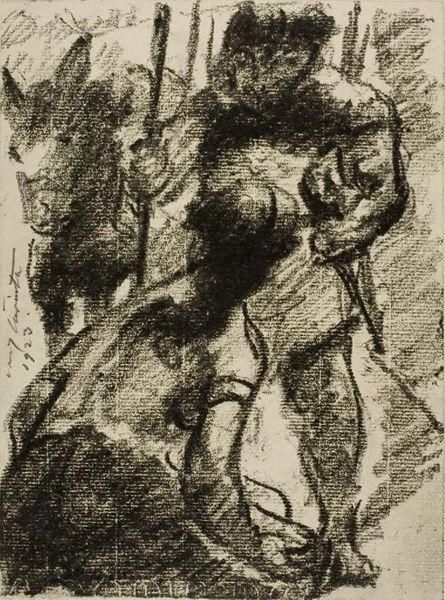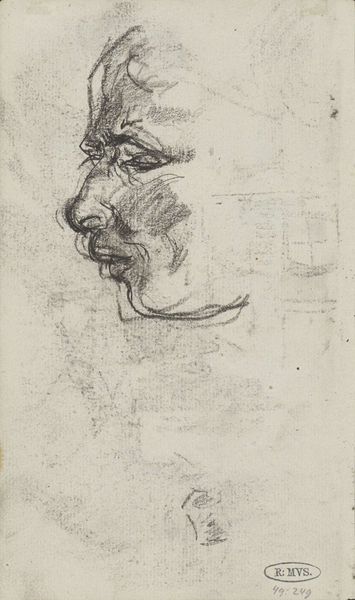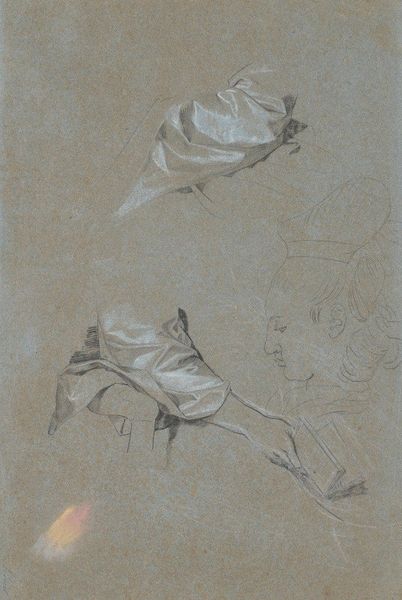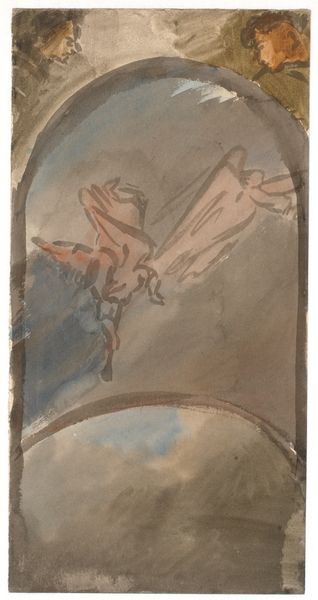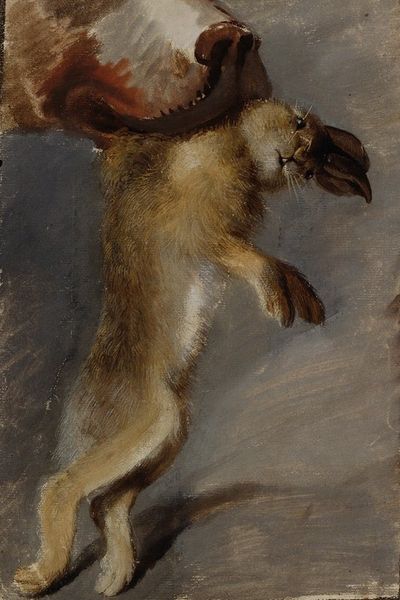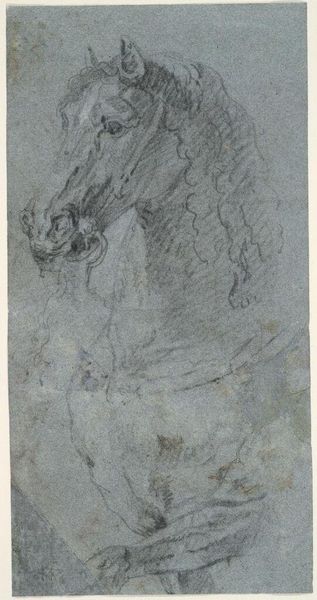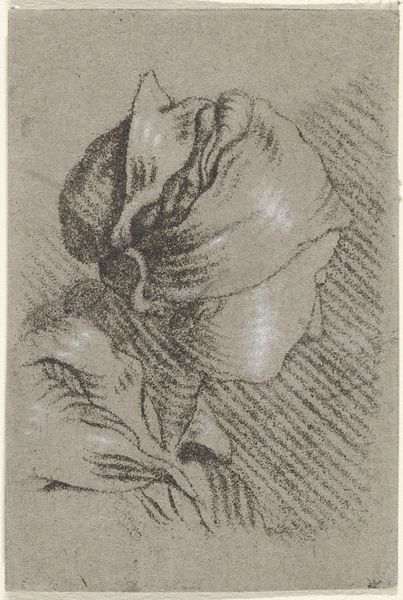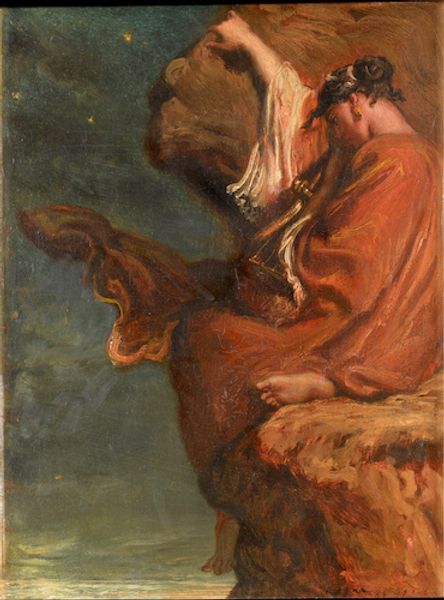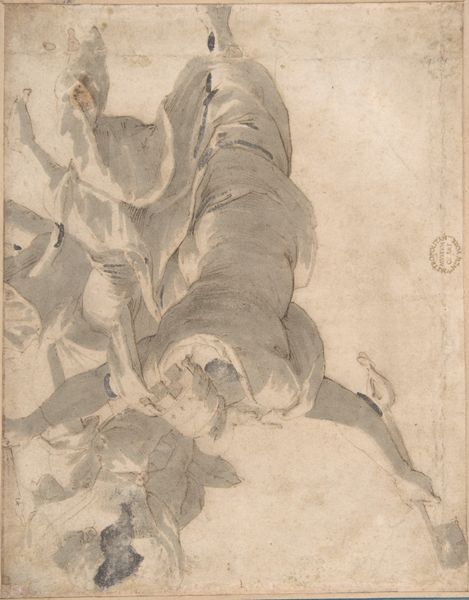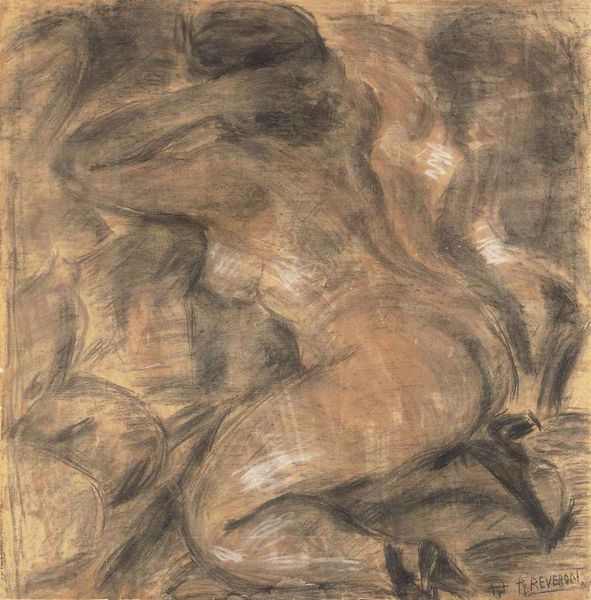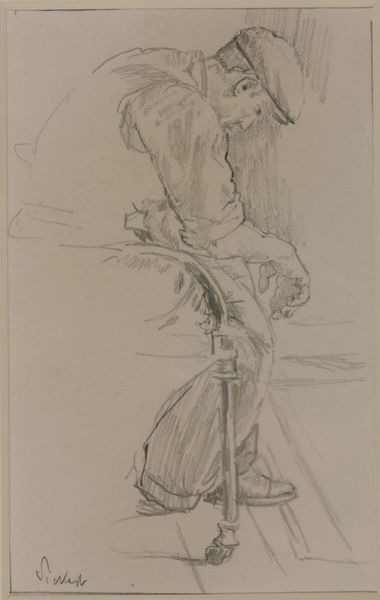
painting, oil-paint
#
dutch-golden-age
#
painting
#
oil-paint
#
oil painting
#
genre-painting
#
realism
Copyright: Public domain
Editor: Here we have Jan Mankes's "Dead Bird," painted in 1908 with oil on canvas. It’s quite a small piece. It gives off this stark, melancholy feel. I can't help but wonder about its symbolism. What do you see in this piece, beyond just a dead bird? Curator: What immediately strikes me is the symbolic weight that Mankes imbues this seemingly simple image with. Consider the cultural history of the bird. It’s been a potent symbol of freedom, the soul, or even a messenger from the divine. Here, all that is inverted. It evokes themes of mortality, fragility, and perhaps even the loss of innocence. Note how the bird is presented. Is it being prepared for a meal, or is it there to remind us about mortality? Editor: That’s fascinating! So, the image of a bird has all these prior associations that contribute to the emotional impact. The limp posture of the bird seems crucial here, conveying powerlessness. I imagine this would make a person wonder what the greater purpose of living might be. Curator: Exactly. Mankes’ choice to depict death so directly is significant. What did death mean for those viewing it at the time? We might reflect on the vanitas tradition in art. Still life paintings served as memento mori; reminders of the ephemeral nature of life. This image invites a meditation on existence itself, doesn’t it? Editor: It definitely does. It makes you consider what it is like to be mortal, human, and fallible. I guess I’d never thought about a "Dead Bird" as a meditation. Curator: It is precisely that, inviting viewers across time to contemplate what persists beyond this singular image, connecting to collective memories and shared human experiences. It’s amazing how much a simple image of a bird carries with it.
Comments
No comments
Be the first to comment and join the conversation on the ultimate creative platform.

